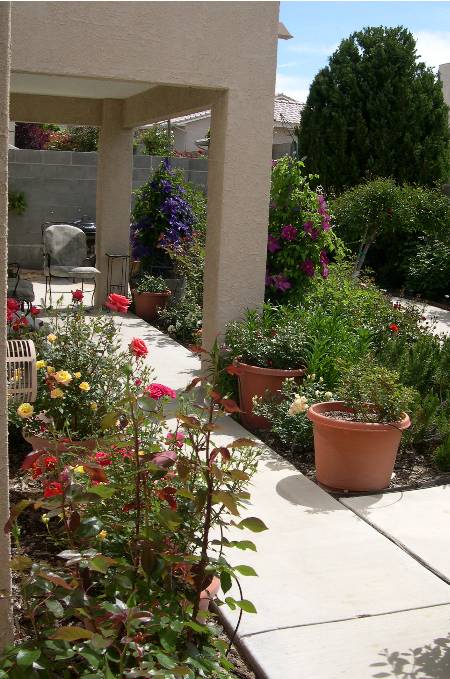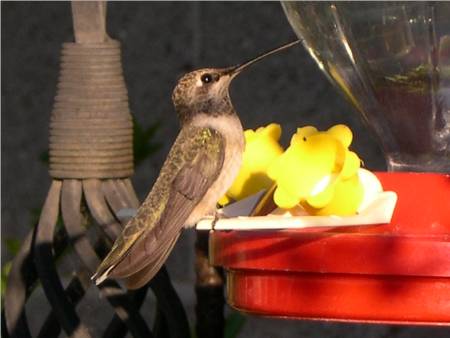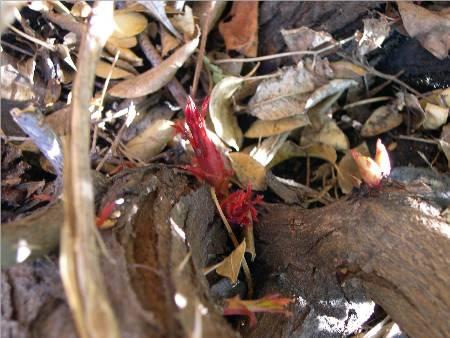One Albuquerque Garden: A Private Oasis
Thanks to the owner of this garden for allowing me to photograph it and use the photos here. All photographs were taken May 4, 2007. Click on the thumbnails for a larger view.
This is a very small city garden, but is artfully arranged to utilize a variety of plants. Roses are the featured plant throughout the garden, but are just beginning to bloom in early May. At the time of our visit, the brightest spots in the garden came from clematis. The clematis was truly spectacular.

‘The President’ with rose ‘Gold Medal’
As soon as walked into the garden, I was hit by the sweet scent of an Oriental lily. The flower was as lovely as the scent:

Oriental Lily
Here is a sampling of roses in this garden. There will be many more in bloom later this month. Continue reading






















